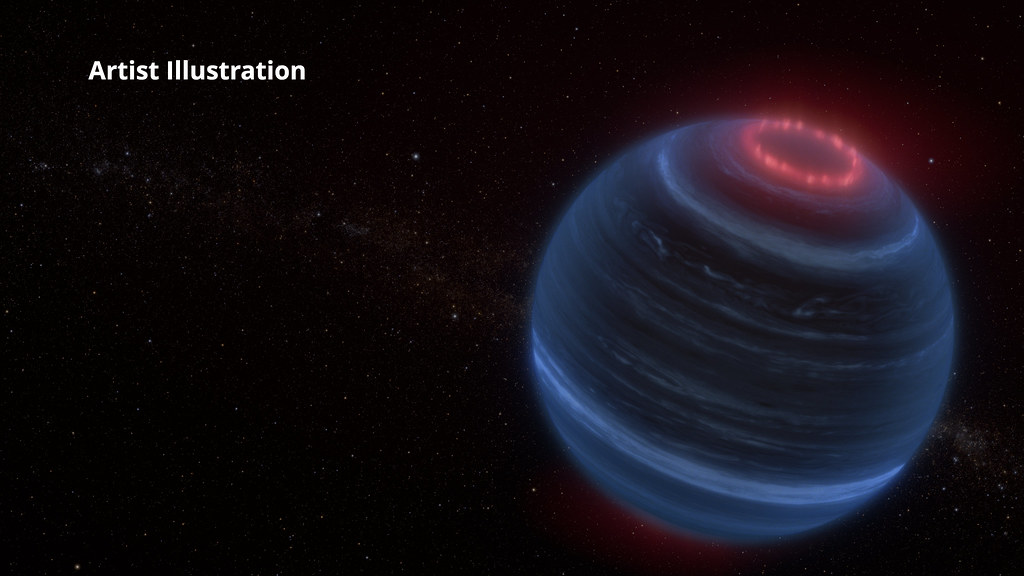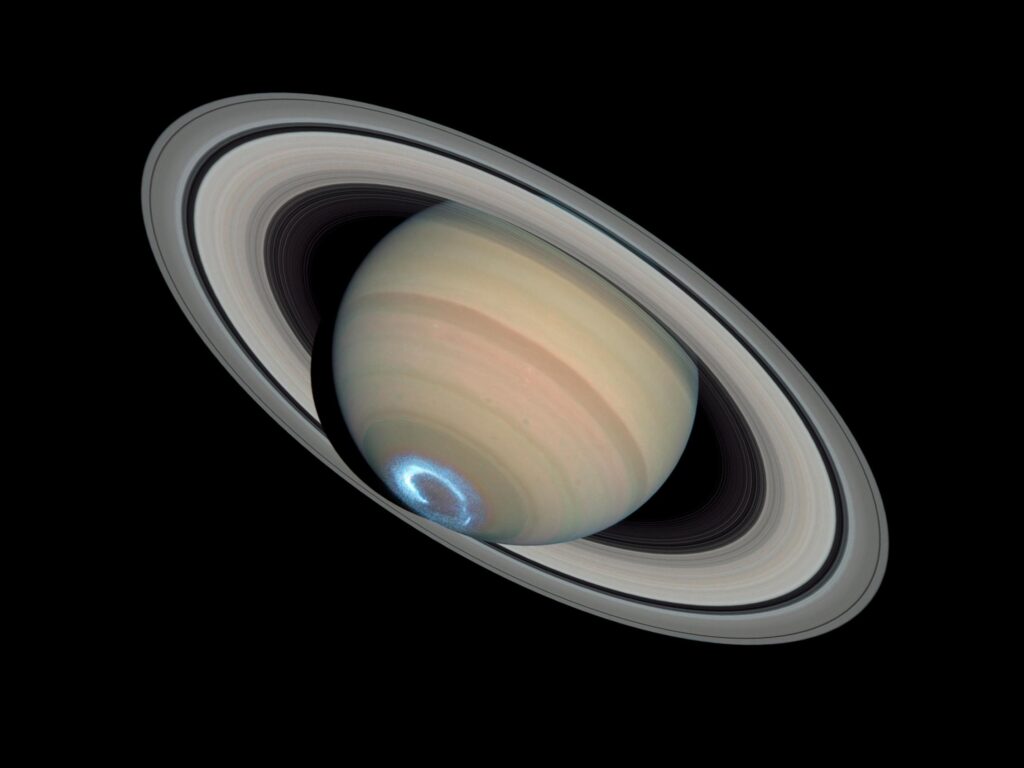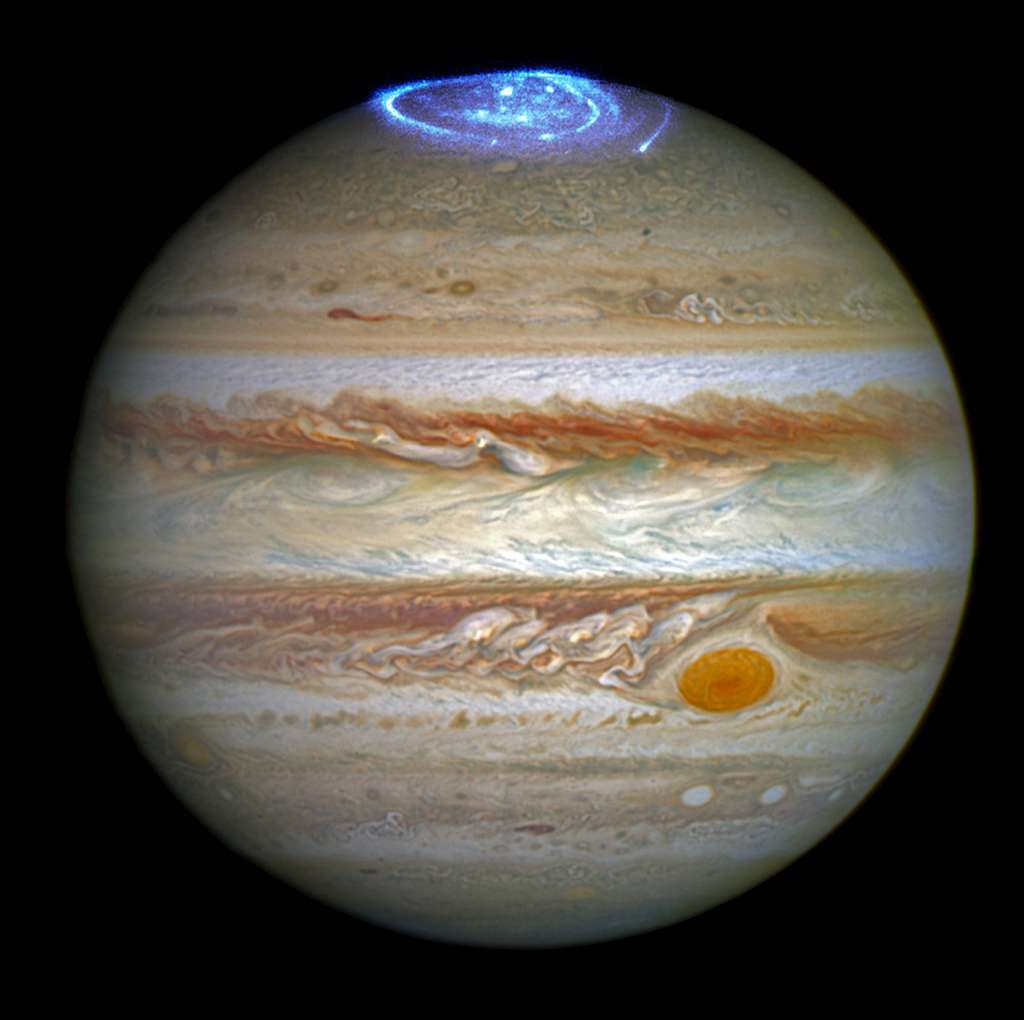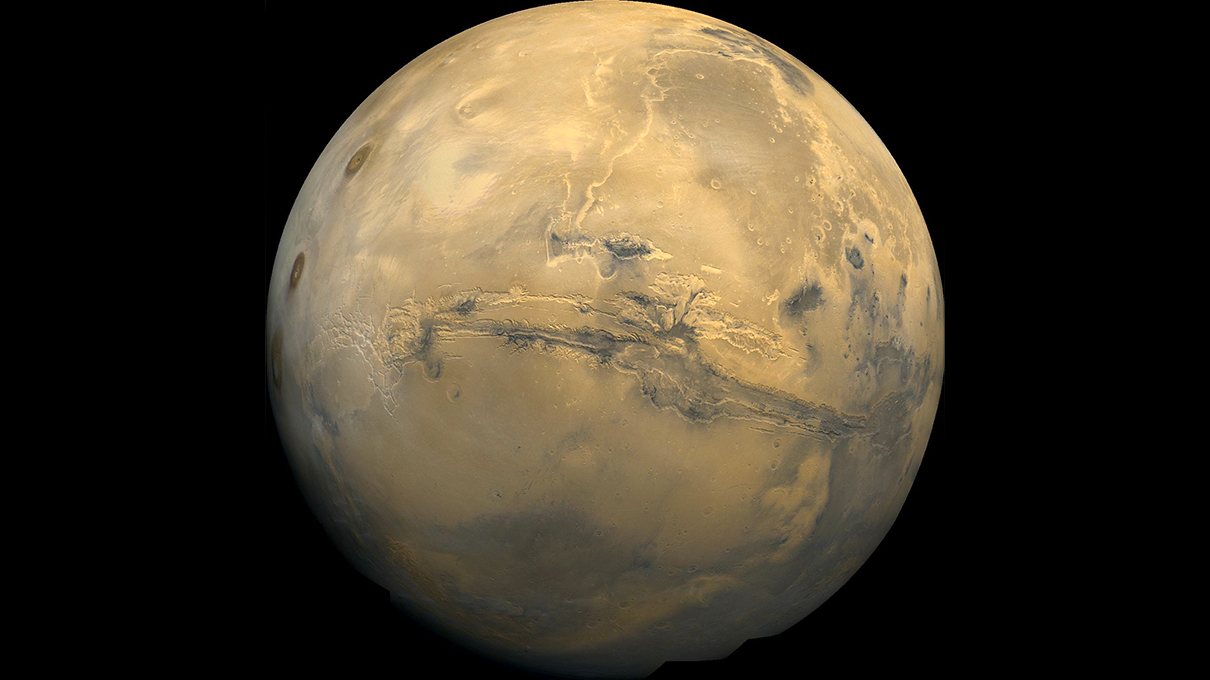Fact Check: Did NASA Discover City Lights on an Exoplanet in 2024? Is it True or False ?

Table of Contents
NASA Discover City Lights
NASA discover city lights or so some social media users erroneously claim. In reality, astronomers using NASA’s James Webb Space Telescope have identified infrared emissions from methane on a distant brown dwarf known as WISE J1935+1947 (W1935). This intriguing discovery sheds light on unexpected atmospheric processes in brown dwarfs and has been misinterpreted by some as evidence of extraterrestrial city lights. However, the true scientific findings reveal fascinating insights into the nature of these substellar objects and their aurora-like phenomen

NASA Discover City Lights: The Unexpected Methane Emission
nasa discover city lights, but not where one might expect. Instead of terrestrial metropolises, astronomers using the James Webb Space Telescope have stumbled upon a celestial mystery—a brown dwarf, WISE J1935+1947 (W1935), emitting unexpected infrared radiation from methane.
This revelation challenges existing knowledge, as brown dwarfs like W1935 are typically cold and lack a host star, leaving scientists puzzled about the source of energy driving upper atmosphere emissions.
The detection of methane emission on W1935 raises intriguing questions about the atmospheric dynamics of substellar objects and hints at potential processes, such as aurorae, responsible for this phenomenon. This discovery showcases the remarkable complexity of the universe and emphasizes the ongoing pursuit of understanding celestial mysteries.
NASA Discover City Lights: Speculating Aurorae
NASA Discover City Lights, but in a surprising twist of astronomical exploration, not on Earth but in the depths of space. Utilizing the James Webb Space Telescope, astronomers stumbled upon a celestial mystery—a brown dwarf named WISE J1935+1947 (W1935), emitting unexpected infrared radiation from methane.
This revelation challenges existing knowledge, as brown dwarfs like W1935 are typically cold and lack a host star, leaving scientists puzzled about the source of energy driving upper atmosphere emissions. Speculating Aurorae, the detection of methane emission on W1935 raises intriguing questions about the atmospheric dynamics of substellar objects and hints at potential processes responsible for this phenomenon. This discovery showcases the remarkable complexity of the universe and emphasizes the ongoing pursuit of understanding celestial mysteries.
Potential Aurorae Phenomenon
In the investigation of celestial phenomena, aurorae on Jupiter and Saturn dazzle with their spectacular displays, driven by charged particles interacting with the planets’ magnetic fields. This interaction not only creates mesmerizing light shows but also induces substantial heating in the upper atmosphere. Drawing parallels, researchers speculate that a akin process could be unfolding on W1935, generating sufficient energy to account for the observed methane emission.
Go to here dircectly to find about this claims on social media : nasa discover city lights erroneous claims on social media
aurorae on Jupiter:

aurorae on Saturn:

NASA Discover of City Lights: Unveiling the Enigmatic Brown Dwarf W1935
| Attribute | Description |
|---|---|
| Name | WISE J1935+1947 (W1935) |
| Type | Brown Dwarf |
| Discovery Method | Infrared observations by the James Webb Space Telescope |
| Distance from Earth | Approximately 47 light-years |
| Characteristics | – Cold nature – Lack of a host star – Emission of infrared radiation from methane |
| Temperature | Around 400°F (200°C) |
| Possible Causes of Emission | – Internal auroral process similar to Jupiter or Saturn – External interaction with interstellar plasma or a nearby active moon |
| Habitability | Unlikely to be habitable due to extreme temperatures and lack of a conducive environment for life |
| Implications | – Challenges conventional understanding of atmospheric dynamics in brown dwarfs – Highlights the need for further exploration and research into celestial phenomena |
| Significance | Offers insights into the diversity and complexity of celestial bodies beyond our solar system |
This table still provides detailed information about the brown dwarf W1935,
NASA Discover of City Lights: Among the celestial bodies that have captured the intrigue of astronomers is WISE J1935+1947 (W1935), an enigmatic brown dwarf located at a staggering distance from Earth. This cosmic entity, recently brought into focus by the James Webb Space Telescope, has sparked curiosity due to its unexpected characteristics. Despite its cold nature and lack of a host star, W1935 emits infrared emissions from methane, hinting at complex atmospheric processes that defy conventional understanding. As scientists delve deeper into the mysteries of W1935, it serves as a poignant reminder of the boundless wonders awaiting exploration beyond our home planet.
Presentation at the American Astronomical Society:
NASA Discover City Lights, presenting groundbreaking findings at the American Astronomical Society conference. With keen interest, researchers delved into the implications of detecting infrared emissions from methane on the cold, starless brown dwarf WISE J1935+1947 (W1935). This captivating presentation highlighted the unexpected findings and sparked lively discussions about the atmospheric dynamics and potential aurorae processes at play in substellar objects.
NASA Discover City Lights: Erroneous Claims on Social Media
NASA Discover City Lights, triggering a wave of misinformation on social media platforms. Despite the scientific community’s clarifications, erroneous claims proliferate among some users who misinterpret the detection of infrared emissions from methane on the brown dwarf WISE J1935+1947 (W1935) as evidence of extraterrestrial civilizations. These misconceptions underscore the importance of accurate scientific communication and critical thinking in the age of digital information.
NASA Discover City Lights: Fact Check – False Claims of Distant City Lights
NASA Discover City Lights, prompting a necessary fact check amidst the flurry of false claims surrounding the discovery. Despite the scientific clarity provided regarding the detection of infrared emissions from methane on the brown dwarf WISE J1935+1947 (W1935), misleading assertions persist on social media, erroneously equating this finding with evidence of extraterrestrial civilizations. This highlights the imperative of rigorous fact-checking and scientific literacy to combat misinformation in the digital age.
While headlines may have buzzed about “city lights,” the recent discovery by the James Webb Space Telescope is more likely an aurora borealis on a distant exoplanet. Unlike Earth, which gets its auroras from solar wind interacting with our magnetic field, the exact cause of this exoplanet’s aurora remains a mystery. This finding is exciting because it suggests the exoplanet has a strong magnetic field, a key ingredient for potentially habitable conditions.
NASA Discover City Lights: Unraveling the Myth:
NASA Discover City Lights: A Viral Misinterpretation
NASA discover city lights in the digital realm of viral content, where misinformation often spreads like wildfire. This was exemplified by a claim circulating on social media that alleged NASA had discovered city lights on a planet situated 7 trillion miles away. An April 14 Facebook video featured a woman discussing this purported finding in front of an illuminated planet screen, which rapidly garnered attention and accumulated over 40,000 shares within three weeks.
NASA Discover of City Lights: Debunking the Falsehood
Debunking the Myth: NASA Refutes Alleged Discovery of Distant City Lights
NASA discover city lights contrary to the sensational assertions made in the viral video, a NASA spokesperson swiftly refuted the claim, emphasizing that the administration had made no such discovery. The original TikTok video, from which the Facebook clip originated, was actually debunking this very claim and expressing frustration with the spread of misinformation. However, the truncated version shared on Facebook perpetuated the false narrative, amplifying confusion and misinformation.
Clarifying the Facts: NASA’s Actual Discovery and the Misinformation Spread
NASA discover city lights in the context of viral misinformation, but the actual scientific discovery made by NASA pertained to the detection of infrared emissions from methane on a distant cosmic body, specifically a newly discovered brown dwarf. The James Webb Space Telescope, responsible for this discovery, identified these emissions and speculated that they were likely caused by energy in the dwarf’s upper atmosphere. However, nowhere in the NASA article does it mention the discovery of city lights or signs of extraterrestrial life.
NASA Discover City Lights: Fact-Checking the Claim
NASA discovered city lights in the context of viral misinformation, further debunking the claim. The article describes the brown dwarf as being approximately 47 light-years away, a staggering distance much greater than the 7 trillion miles inaccurately cited in the viral video. Additionally, the brown dwarf’s inhospitable conditions, with temperatures soaring to about 400 degrees Fahrenheit, render it highly unlikely to support life.
NASA Discover City Lights: Upholding Truth in an Era of Misinformation
NASA discovered city lights amidst a landscape of misinformation, highlighting the critical importance of fact-checking and critical thinking in an era dominated by the rapid spread of false claims. While sensational assertions may captivate social media users, it is imperative to scrutinize sources and verify information before perpetuating falsehoods. In the pursuit of scientific knowledge and truth, misinformation only serves to obfuscate and mislead, hindering our collective understanding of the cosmos.
Conclusion: Defending Accuracy and Integrity
As guardians of truth in an era of digital disinformation, it falls upon us to uphold the principles of accuracy, transparency, and integrity, ensuring that verifiable facts prevail over sensationalized fiction. By remaining vigilant and discerning consumers of information, we can navigate the vast digital landscape with clarity and certainty, safeguarding the integrity of scientific inquiry and discovery.
Unveiling the Enigmatic Brown Dwarf W1935: NASA Discover City Lights:
Contextual Background:
NASA Discover City Lights has led to fascinating insights into brown dwarfs, which occupy a unique niche in the celestial hierarchy, straddling the boundary between stars and planets. Unlike stars, they lack sufficient mass to sustain nuclear fusion in their cores, rendering them “failed stars.” Yet, they are more massive than gas giants like Jupiter, exhibiting properties akin to both stars and planets. Brown dwarfs offer valuable clues about the formation and evolution of celestial bodies, making them compelling subjects of study in astrophysics.
Discovery Process:
NASA Discover City Lights has also contributed to the discovery of W1935, representing a triumph of modern astronomical technology. Through meticulous observations and data analysis, astronomers detected infrared emissions from methane on the brown dwarf’s surface. The James Webb Space Telescope played a pivotal role in this endeavor, leveraging its advanced capabilities to peer into the depths of space and unveil the secrets of distant celestial objects.
Scientific Significance:
NASA Discover City Lights has illuminated the detection of methane emission on W1935, which has significant implications for our understanding of brown dwarfs and their atmospheric dynamics. Unlike typical brown dwarfs, which are characterized by their cold temperatures and lack of a host star, W1935 exhibits unexpected activity in its upper atmosphere. This discovery challenges existing models of brown dwarf formation and highlights the complexity of celestial processes beyond our solar system.
Comparative Analysis:
NASA Discover City Lights has facilitated comparisons between W1935 and other known brown dwarfs, revealing intriguing parallels and disparities. While some brown dwarfs exhibit similar atmospheric compositions, each object possesses unique characteristics shaped by its environment and evolutionary history. By studying the diversity of brown dwarfs, astronomers gain valuable insights into the myriad factors influencing their formation and evolution.
Future Research Directions:
NASA Discover City Lights has highlighted the discovery of W1935, opening new avenues for future research in the field of astrophysics. Scientists are keen to explore the underlying mechanisms driving methane emission on brown dwarfs and investigate the possibility of similar phenomena occurring elsewhere in the universe. Advanced telescopic technologies and international collaborations will play a crucial role in advancing our understanding of celestial objects like W1935.
Technological Advances:
NASA Discover City Lights has underscored the importance of technological innovation in astronomy, highlighted by the success of the W1935 discovery. Cutting-edge instruments like the James Webb Space Telescope enable astronomers to push the boundaries of exploration and uncover hidden secrets of the cosmos. Continued investment in space-based observatories and ground-based telescopes will fuel future discoveries and propel our understanding of the universe to new heights.
Public Engagement and Outreach:
NASA Discover City Lights emphasizes the importance of engaging the public in the excitement of astronomical discovery to foster scientific literacy and curiosity. Through educational programs, public lectures, and interactive exhibits, organizations like NASA inspire the next generation of scientists and instill a sense of wonder about the cosmos. The discovery of W1935 serves as a testament to humanity’s insatiable curiosity and quest for knowledge.
Collaborative Efforts:
NASA Discover City Lights highlights the discovery of W1935, exemplifying the power of collaboration in scientific research. Astronomers from around the world work together to collect and analyze data, sharing insights and expertise to unravel the mysteries of the universe. International partnerships and collaborative initiatives enhance the scope and impact of astronomical discoveries, driving innovation and discovery on a global scale.
Ethical and Societal Implications:
NASA Discover City Lights underscores the importance of ethical considerations as humanity delves deeper into the cosmos. Questions about the equitable distribution of resources, environmental sustainability, and the potential impact of space exploration on terrestrial ecosystems merit careful consideration. By fostering dialogue and collaboration, scientists and policymakers can navigate these ethical dilemmas responsibly and ensure the peaceful and sustainable exploration of space.
The discovery of the brown dwarf W1935, illuminated by NASA Discover City Lights, represents a milestone in humanity’s quest to understand the cosmos. Through the lens of advanced telescopic technologies and collaborative research efforts, astronomers continue to unravel the mysteries of the universe, revealing its beauty and complexity. As we embark on this journey of exploration, let us remain steadfast in our commitment to scientific inquiry, curiosity, and discovery, forging a brighter future for generations to come.
Frequently asked questions about NASA Discovery of City Lights :
Did NASA find another planet with city lights? The claim of NASA discovering another planet adorned with city lights has stirred curiosity, yet remains unconfirmed by the agency. Despite circulating speculation, NASA’s mission primarily revolves around exploring celestial phenomena, delving into distant galaxies, exoplanets, and cosmic objects. The assertion of discovering city lights on a planet originates from social media buzz rather than authenticated scientific findings. As with any astronomical discovery, rigorous observation, analysis, and peer review are imperative for validation. While the notion of stumbling upon a planet illuminated by urban landscapes captures the imagination, it stands as speculation until substantiated by concrete evidence through NASA’s rigorous research efforts.
Did James Webb detect artificial light? there have been no reports confirming the James Webb Space Telescope’s detection of artificial light. The telescope primarily observes the universe in infrared light to study celestial phenomena, not specifically designed to detect artificial illumination. Its focus is on exploring galaxies, stars, planetary systems, and exoplanet atmospheres. Any developments or discoveries beyond my last update would require further verification.
Did NASA find another planet with city lights? No, NASA has not discovered another planet with city lights. While there is fascination surrounding the idea, it remains unsubstantiated by the agency’s findings. NASA primarily focuses on exploring celestial phenomena, including distant galaxies, exoplanets, and cosmic objects. Any claim of discovering city lights on a planet is typically rooted in speculation rather than authenticated scientific evidence.
Did NASA find another Earth? As of my last update, NASA has not discovered another Earth. While the search for Earth-like exoplanets capable of supporting life is ongoing, no definitive discovery of a planet identical to Earth in all aspects has been made. However, NASA’s Kepler and TESS missions, among others, have identified numerous exoplanets within the habitable zones of their stars, where conditions may be conducive to liquid water and potentially life as we know it. Further research and observation are needed to ascertain the presence of Earth-like planets beyond our solar system.
Can you actually see city lights from space? Yes, city lights are visible from space under certain conditions. Astronauts aboard spacecraft orbiting Earth or traveling to the International Space Station (ISS) can observe city lights illuminating urban areas during nighttime passes over populated regions. Additionally, satellites equipped with specialized sensors, such as those used for remote sensing or weather monitoring, can detect and capture images of city lights from space. These observations provide valuable insights into urbanization patterns, energy consumption, and light pollution levels on Earth. However, the naked human eye alone may not discern individual city lights from space without aid from instruments or cameras.
In conclusion, the assertion that NASA has discovered city lights, as claimed by some social media users, is false. The true scientific findings reveal that astronomers using NASA’s James Webb Space Telescope have identified infrared emissions from methane on a distant brown dwarf, WISE J1935+1947 (W1935). While some misinterpret this discovery as evidence of extraterrestrial city lights, it actually sheds light on unexpected atmospheric processes in brown dwarfs. These scientific insights provide a deeper understanding of the nature of substellar objects and their aurora-like phenomena, emphasizing the importance of accurate interpretation and dissemination of scientific information.





